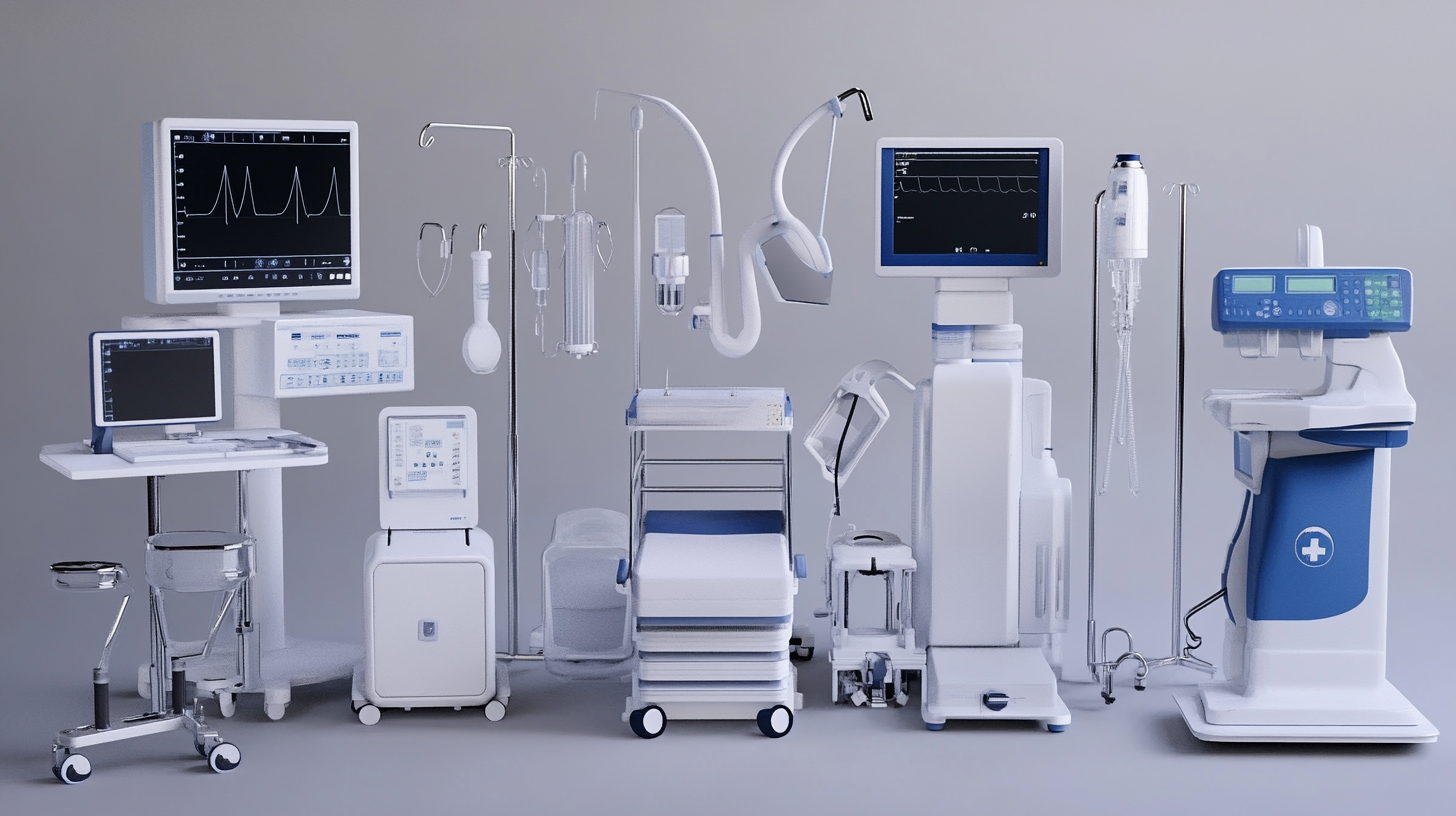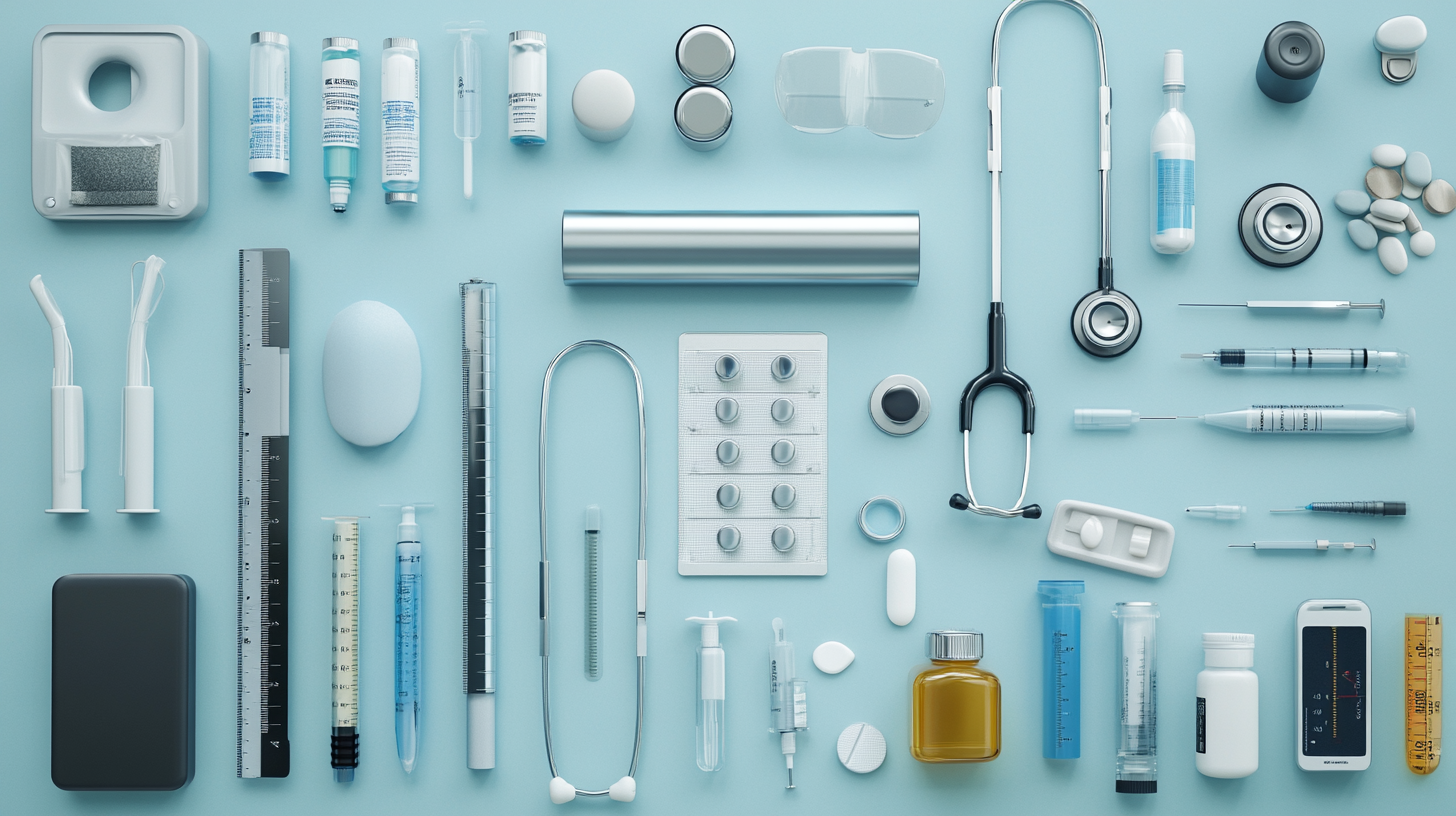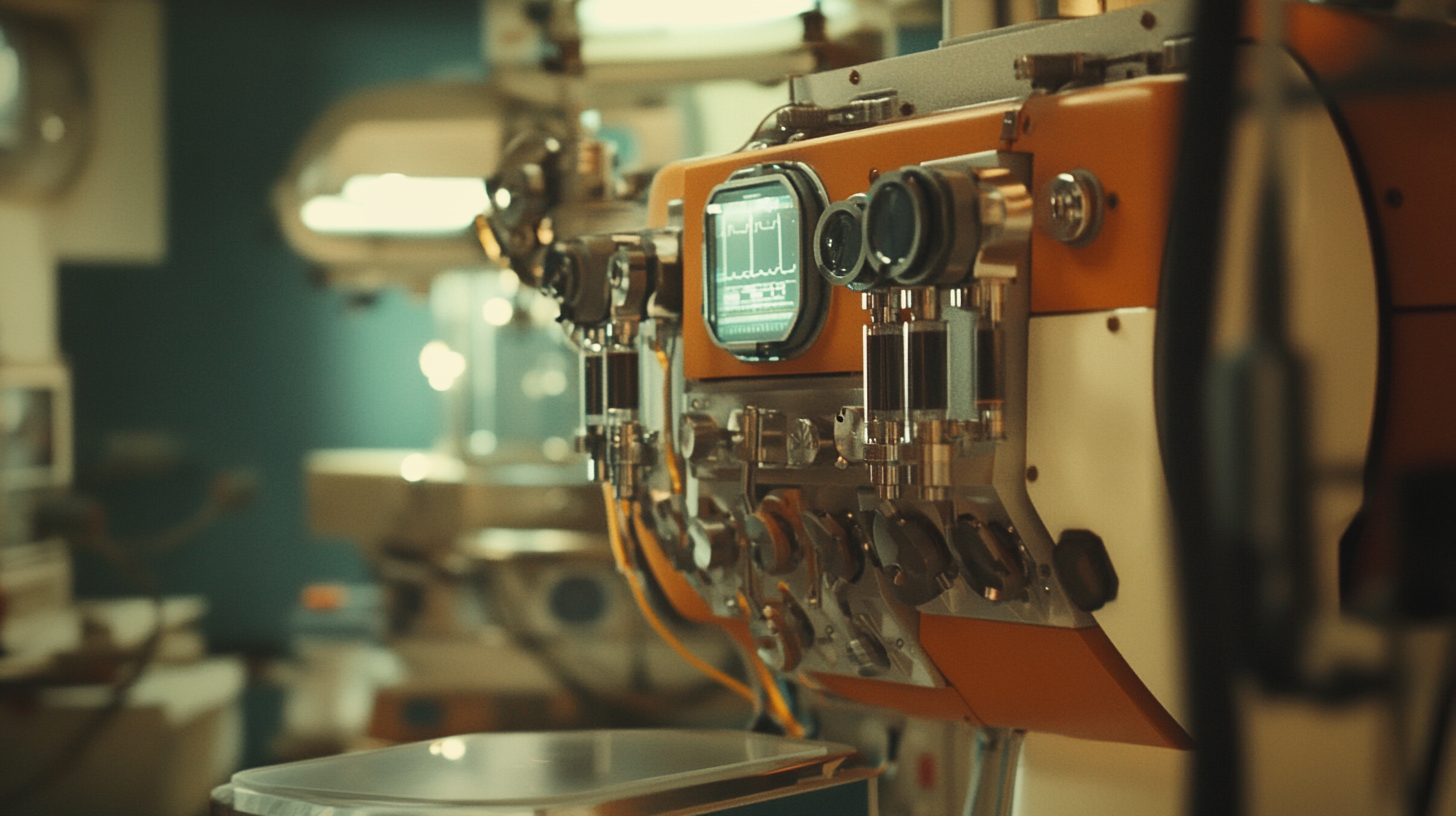Exploring Unique Options for Sourcing Medical Equipment Globally
In today's interconnected world, sourcing medical equipment globally has become a pivotal strategy for healthcare providers aiming to enhance patient care and operational efficiency. With the rapid advancements in technology and the ever-increasing demand for high-quality medical devices, medical institutions are exploring unique options beyond their local markets. This shift not only allows for more competitive pricing but also opens doors to innovative solutions that can significantly impact patient outcomes.
One key player in this global sourcing landscape is the Medical Equipment Store, where healthcare professionals can access a wide range of devices from different regions. These stores are becoming essential hubs for purchasing medical equipment, offering products that meet diverse healthcare needs while catering to various regulatory standards. As we delve deeper into the unique options for sourcing medical equipment globally, we will explore how the Medical Equipment Store can serve as a valuable resource in navigating this complex market environment.

Innovative Approaches to Global Medical Equipment Procurement
Innovative approaches to global medical equipment procurement have become essential in addressing the complexities and challenges faced by low-income countries. As highlighted in recent discussions, traditional sourcing methodologies often fall short, not only in terms of accessibility but also regarding sustainability. The COVID-19 pandemic underscored significant failures in the global supply chain, prompting a reevaluation of procurement systems. Policymakers are now urged to adopt more resilient frameworks that prioritize transparency and adaptability, paving the way for efficient stockpiling of essential supplies. One promising development is the consolidated procurement model being introduced in Mexico for health supplies. By focusing on digitalization and enhancing supplier collaboration, this model aims to streamline purchasing processes, ultimately ensuring that medical devices are available when crises arise. Furthermore, exploring diverse business models that incorporate risk management strategies can provide healthcare systems with the flexibility needed to navigate uncertainties in the medical supplies landscape. To facilitate better procurement decisions in low- and middle-income countries, recent literature emphasizes the importance of basing strategies on both experience and health needs. These methods not only consider equipment costs and maintenance but also align procurement practices with the actual health challenges faced by these populations. By prioritizing innovative and needs-based approaches, the global community can enhance access to vital medical devices, ensuring that vulnerable populations receive the support they need during times of crisis.

Evaluating Quality and Compliance in International Medical Supply Chains
In the increasingly interconnected global landscape of healthcare, ensuring the quality and compliance of medical equipment sourced internationally has become a pivotal concern for industry stakeholders. As we explore unique sourcing options, it is essential to assess not only the cost-effectiveness but also the regulatory frameworks governing these supplies in different regions. Companies must navigate a complex web of standards, certifications, and quality assurance practices dictated by various national and international bodies.
One of the primary challenges in international medical supply chains is maintaining consistent quality across diverse suppliers. The introduction of digital solutions offers a promising avenue for enhancing transparency and traceability in sourcing medical equipment. By leveraging technologies such as blockchain and artificial intelligence, companies can monitor compliance more effectively, ensuring that all products meet established safety standards before they reach healthcare providers. This proactive approach not only safeguards patient health but also bolsters the reputation of sourcing entities in the marketplace.
Moreover, the regulatory landscape is continually evolving, necessitating ongoing education and adaptation among suppliers. As healthcare demands grow globally, organizations must prepare for rigorous audits and adhere to international best practices. By fostering collaboration among manufacturers, distributors, and regulatory authorities, stakeholders can create a more resilient supply chain that prioritizes quality and compliance, ultimately leading to better patient outcomes and more efficient healthcare services worldwide.

Leveraging Technology for Efficient Global Sourcing of Medical Devices
The medical equipment industry is poised for growth, particularly in the context of rising clinical demands and ongoing innovations. As technology plays an increasingly crucial role in sourcing medical devices globally, companies are leveraging digital tools to streamline their procurement processes. This shift is evident as businesses strive to enhance their bidding efficiency in the face of intensifying competition and escalating healthcare costs.
Recent developments indicate that organizations are adopting S2B2C platforms, which facilitate direct connections between hospitals, suppliers, and retail businesses. Such models are proving effective in reducing procurement costs by up to 20%, while simultaneously boosting profits for retailers by a similar margin. This innovative approach not only enhances sourcing strategies but also fosters a more collaborative environment within the medical supply chain.
Moreover, the integration of advanced technologies and data analytics has transformed conventional sourcing methods, allowing companies to optimize their supply chains. By exploring global market trends and adopting agile operational strategies, businesses can better navigate the complexities of international sourcing. This evolution is essential for meeting the increasing global demand for medical devices and ensuring that healthcare providers have timely access to the necessary equipment for effective patient care.

Building Strategic Partnerships with International Medical Suppliers
Building strategic partnerships with international medical suppliers is becoming increasingly vital for healthcare providers navigating the complexities of global medical equipment sourcing. The ever-evolving landscape of healthcare demands innovative solutions, and forming alliances with suppliers in different regions can be a game changer. By pooling resources, technology, and expertise, healthcare organizations can enhance their capabilities to deliver high-quality patient care.
For instance, the recent partnerships in the Pacific Islands demonstrate how strategic collaboration can revamp health systems to meet local needs while addressing broader global health concerns. These alliances not only facilitate access to essential medical equipment but also help in knowledge transfer and resource utilization, which are crucial for sustainable healthcare development. As organizations like Zai Lab engage in partnerships to innovate therapeutic solutions, it emphasizes the shared journey towards mutual success and improved patient outcomes that such collaborations can foster.
Moreover, the concept of strategic alliances extends beyond mere transactional relationships; it encompasses a commitment to growing together in a landscape marked by constant change and unpredictability. With disruptions in supply chains affecting the reliability of sourcing, building resilient partnerships can significantly mitigate risks. Thus, establishing strong international ties is not just an option for healthcare providers—it's a strategic imperative that promises to yield substantial benefits in the ongoing quest for healthcare excellence.
Navigating Regulatory Challenges in Global Medical Equipment Trade
Navigating the global trade of medical equipment presents significant regulatory challenges that stakeholders must address to ensure compliance and successful market entry. Each country has its specific requirements regarding the registration, certification, and quality assurance of medical devices, which can create barriers for manufacturers and suppliers looking to enter new markets. For instance, the U.S. Food and Drug Administration (FDA) has stringent regulations that require extensive documentation and technical files, while the European Union mandates CE marking, which indicates compliance with relevant health and safety standards. Understanding these varying regulations is crucial for companies aiming to source or export medical equipment effectively.
Furthermore, the advent of international standards such as ISO 13485 has helped streamline some aspects of quality management in the medical equipment industry. However, navigating the labyrinth of local regulations still requires careful strategy and adaptation. Companies must stay informed about the latest regulations in their target markets and may need to collaborate with local experts or regulatory consultants. This proactive approach not only mitigates the risk of non-compliance but also fosters trust with local authorities and healthcare providers, facilitating smoother entry into the market.
Additionally, the dynamic nature of global health crises, such as pandemics, can lead to sudden regulatory changes aimed at ensuring the rapid availability of medical supplies. Companies must be prepared to pivot quickly in response to these changes and maintain flexibility in their sourcing strategies. By fostering strong relationships with regulatory bodies, health institutions, and local stakeholders, organizations can effectively navigate the complexities of global medical equipment trade and capitalize on opportunities in diverse markets.

